Can You Actually Make Money from Bitcoin Mining?
In 2025, bitcoin mining continues to draw curiosity—and skepticism. Amid stories of home miners barely breaking even and media headlines pronouncing the death of profitability, many investors are left wondering: Can you actually make money from bitcoin mining anymore?
The short answer: Yes, but only with the right strategy, infrastructure, and expectations.
Bitcoin mining is no longer a side hobby. For many high-net-worth investors, it has become a serious asset class—an alternative income stream that combines digital infrastructure ownership with long-term upside. In this post, we’ll unpack the real dynamics behind mining profitability and what you need to consider before investing.
What Determines Profitability in Bitcoin Mining?
Mining isn’t guesswork. It’s an equation.
Here are the core variables that shape whether or not a mining setup generates a return:
1. Electricity Costs
Bitcoin mining is energy intensive. The lower your power cost, the more margin you retain. Industrial miners operate in regions with low-cost power, sometimes as low as a few cents per kWh. This is why geographic location—and your hosting partner’s infrastructure—matters.
2. Machine Efficiency
Mining hardware (ASICs) varies dramatically in performance and energy use. Older machines may become unprofitable after halving cycles, while top-tier models remain efficient longer. Hardware selection is one of the biggest drivers of long-term viability.
3. Network Difficulty & Halvings
Bitcoin’s protocol adjusts difficulty approximately every two weeks to maintain a steady block production rate. Additionally, every four years, the halving event cuts the reward miners receive. As of 2024, block rewards were reduced to 3.125 bitcoin. This increases competition and means only efficient operations remain profitable.
4. Operational Uptime
Downtime equals lost income. Professional facilities often deliver 95–99% uptime through climate control, 24/7 monitoring, and onsite repair support—something difficult to match in a home or amateur setup.
The Myth of the Home Miner vs. Institutional-Grade Setup
There’s a major difference between hobbyist mining and institutional-scale deployment.
Home miners face:
- Higher electricity costs
- Greater hardware wear and tear
- Limited access to bulk pricing
- Frequent maintenance with no tech support
Turnkey mining operations, like those offered by Abundant Mines, remove these roadblocks:
- Hosted in low-cost energy zones (e.g., hydro-powered Pacific Northwest)
- Latest-generation ASICs sourced in bulk
- Professional maintenance and monitoring
- Transparent dashboards and ongoing support
The result? Investors can focus on the strategic role bitcoin plays in their portfolio—without managing the infrastructure.
What Makes Bitcoin Mining Attractive to Wealthy Investors?
Bitcoin mining offers more than income potential. For investors managing large portfolios, mining can serve unique strategic functions:
1. Passive Digital Asset Accumulation
Instead of purchasing bitcoin at market prices, mining allows you to acquire bitcoin at cost, creating a long-term average price lower than buying outright.
2. Tax Advantages
Mining equipment may qualify for accelerated depreciation (Section 179 in the U.S.), allowing for significant first-year deductions. Operational expenses such as electricity and hosting fees can also be treated as write-offs, subject to jurisdiction.
3. Diversified Infrastructure Exposure
Bitcoin mining sits at the intersection of energy and digital finance. For investors seeking exposure beyond stocks and real estate, mining offers a differentiated, low-correlation asset class.
4. Inflation Hedge
Bitcoin has a fixed supply, making it an increasingly attractive hedge in inflationary environments. Mining lets you accumulate an asset that’s scarce by design.
Mining vs Other Passive Investment Vehicles
Let’s compare bitcoin mining with common wealth-building tools:
| Criteria | Bitcoin Mining | Real Estate | Dividend Stocks |
| Upfront Investment | Medium to High | High | Low to Medium |
| Income Stability | Variable | Stable | Stable |
| Liquidity | Moderate | Low | High |
| Tax Benefits | High (Depreciation, OpEx) | High (Depreciation, Deductions) | Moderate |
| Inflation Hedge | Strong (Fixed Supply) | Moderate | Low to Moderate |
Mining can complement these traditional assets—not replace them. It excels when positioned as part of a diversified, long-horizon portfolio.
Avoiding the Pitfalls: Why Profitability Isn’t Guaranteed
Like any investment, mining has risks. Poor planning or inefficient operations can lead to underperformance. Common pitfalls include:
- Buying outdated hardware
- Hosting in high-cost energy zones
- Choosing unproven vendors
- Expecting overnight returns
That’s why education and expert partners matter.
Final Thoughts: Mining Isn’t Dead—It’s Evolved
So, can you still make money from bitcoin mining?
Yes—but only with an institutional mindset. Profitability in 2025 isn’t about setting up a rig in your basement. It’s about leveraging expert-run, energy-efficient facilities and treating mining as part of a broader wealth-building strategy.
At Abundant Mines, we offer turnkey mining solutions designed for high-net-worth investors who want exposure to digital assets without the complexity. From sourcing equipment to managing uptime and offering strategic tax insights, our mission is to help you mine smarter, not harder.
Want to learn more? Book a strategy call with Abundant Mines here.
Disclaimer: The information provided in this blog is for informational and educational purposes only and should not be construed as financial advice. Please consult with a financial advisor or conduct your own research before making any financial decisions.



